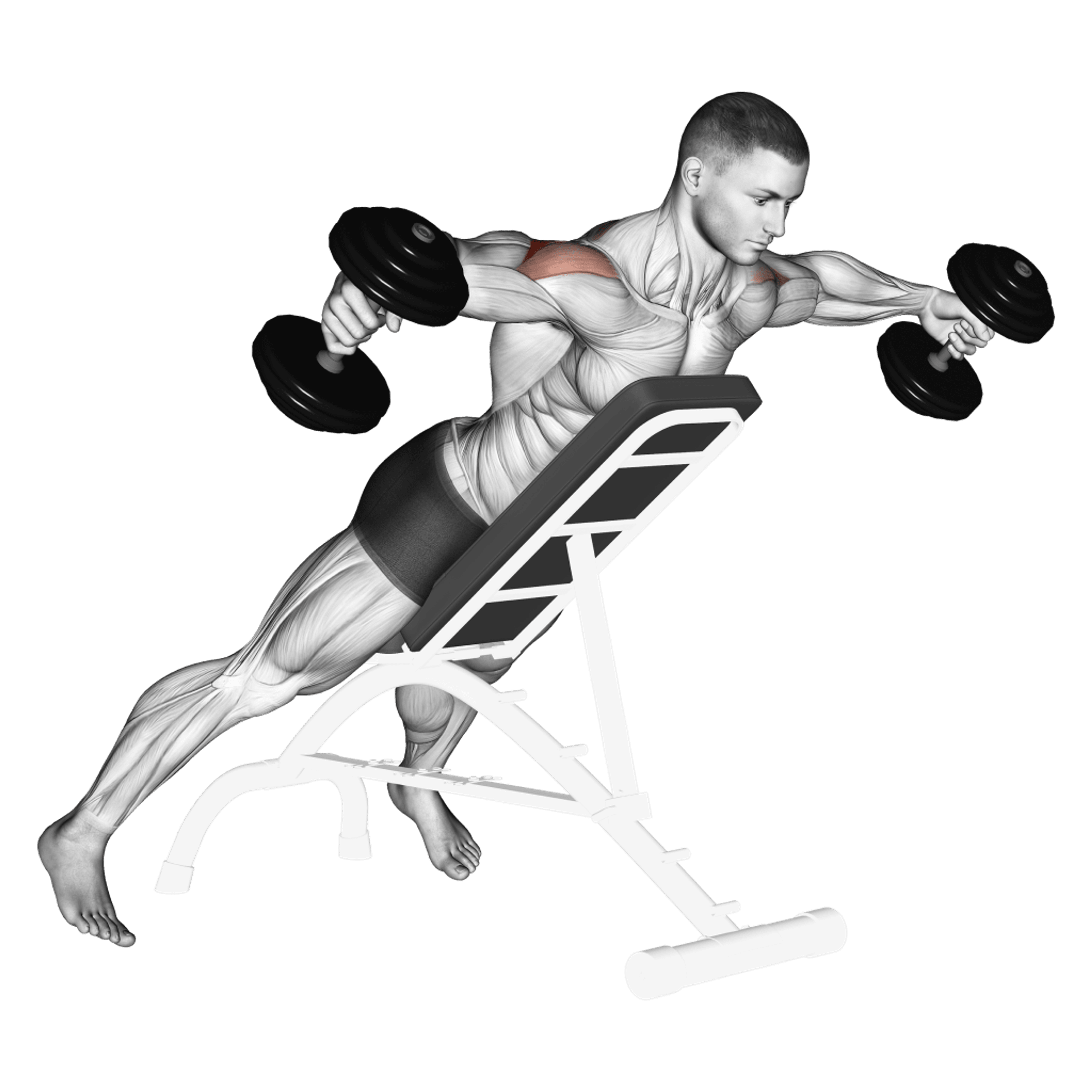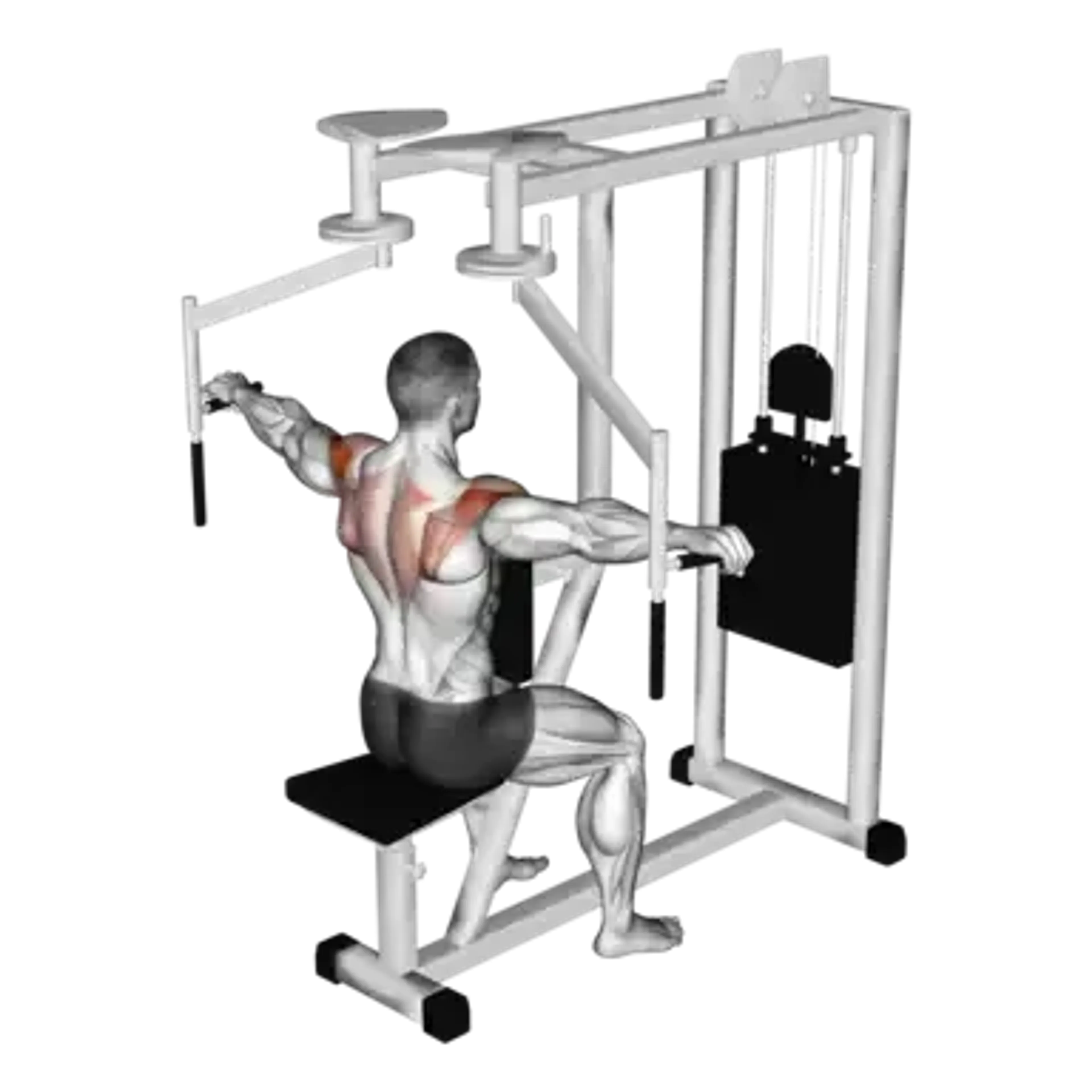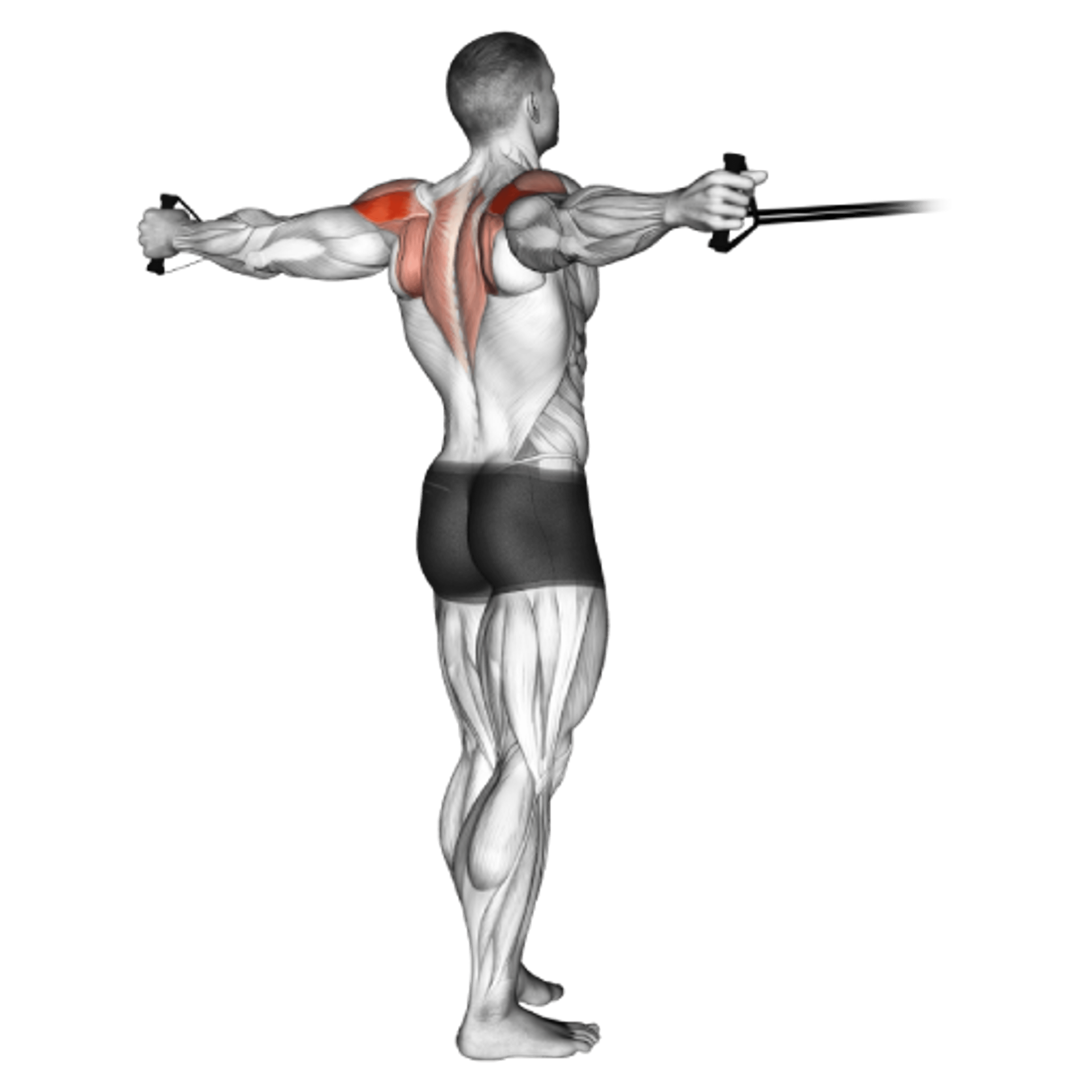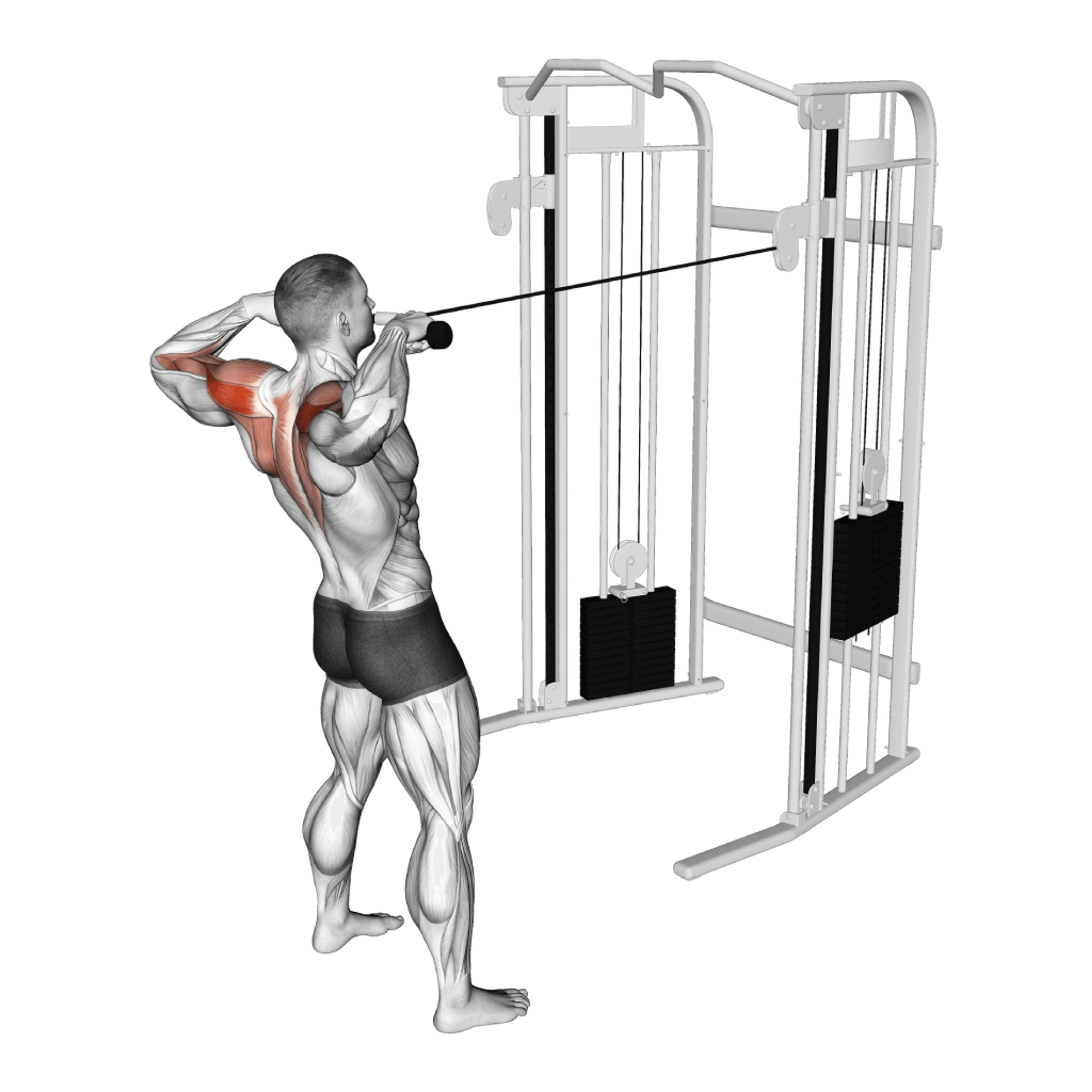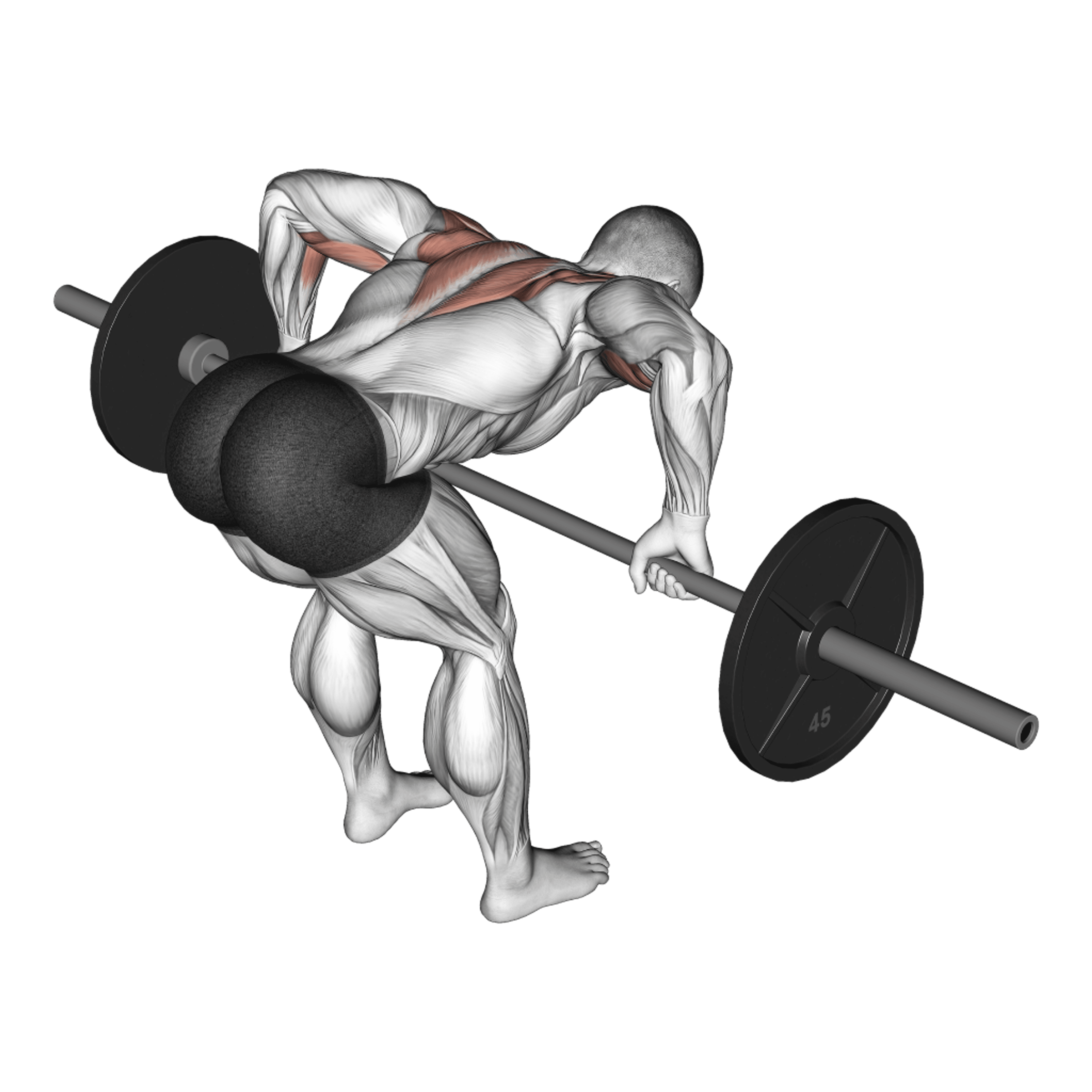Cable Single-Arm Reverse Fly

Overview
- Primary Focus:
- Shoulders.
- Equipment:
- Cable.
- Difficulty:
- Intermediate.
General Information
Cable Single-Arm Reverse Fly is an isolation exercise that primarily targets shoulders and also engages back. It is an intermediate-level movement that spotlights rear-delt control, lets you address side-to-side differences, and reduces trap dominance with a focused arc and constant cable tension.
Unilateral work helps you stabilize the torso and refine scapular mechanics. You can fine-tune pulley height to maintain a comfortable line of pull and a consistent rear-delt squeeze without elbow or wrist strain at lighter loads than bilateral versions require.
It fits well as accessory work after rows or presses, or in deltoid-focused sessions. Expect a targeted burn near the back of the shoulder with minimal torso motion; if you feel mostly neck, reduce load and reset your shoulder blades away from your ears between reps.
Muscles Worked
- Deltoid
- Primary
- Infraspinatus
- High
- Teres Minor
- High
- Lower Trapezius
- Medium
- Rhomboid Major
- Medium
- Erector Spinae
- Low
Instructions
- Set a single handle on the low pulley of a cable machine. Stand side-on to the stack and hinge slightly forward at the hips, keeping a flat back and a soft bend in the knees.
- Hold the handle with the far hand, letting your arm cross slightly in front of your body. Place your free hand on the frame or your thigh for balance.
- Keep the working arm softly bent at the elbow, the shoulder blade set down, and your torso stable without twisting.
- Initiate the movement by pulling the cable out and upward in a wide arc until your hand reaches about shoulder height, focusing on the rear delt.
- Pause briefly at the top, maintaining control and avoiding shrugging the shoulder.
- Slowly return the handle along the same arc, allowing the shoulder blade to wrap slightly forward without collapsing posture.
- Complete the set, then switch sides and repeat with the same stance, range, and tempo.
Common Mistakes
Injuries
Cable Single-Arm Reverse Fly is a low risk exercise when performed with proper technique.
Neck strain and anterior shoulder irritation typically come from shrugging or overstretching. Keep the load modest, the elbow angle consistent, and the cable path aligned with the rear delt to minimize joint stress and maximize muscular tension.
If symptoms appear, reduce range and slow the eccentric. Regress by raising the pulley slightly or using a lighter pin selection; stop if sharp pain or loss of shoulder control develops during the set.
Alternative Exercises

Frequently Asked Questions
- Q: Should I cross the body at start?
A small cross-body start increases the stretch and initial tension. Keep it comfortable and avoid pulling the shoulder forward into a pinch position at the bottom range.
- Q: Best stance for balance?
Use a small staggered stance and a slight hip hinge. This stabilizes the torso and lines the cable up with the rear delt so the neck doesn’t take over the movement.
- Q: What rep ranges work well?
Higher reps, such as 12-20, tend to suit the rear delts. Keep a short peak pause and strict control so the trap doesn’t dominate as fatigue sets in.
- Q: Can I use a rope handle instead?
Yes, if it helps your wrist and shoulder position. Keep the path consistent and avoid pulling into internal rotation that shifts tension away from the rear delts.
Overview
- Primary Focus:
- Shoulders.
- Equipment:
- Cable.
- Difficulty:
- Intermediate.
